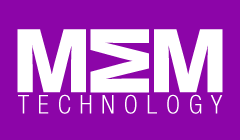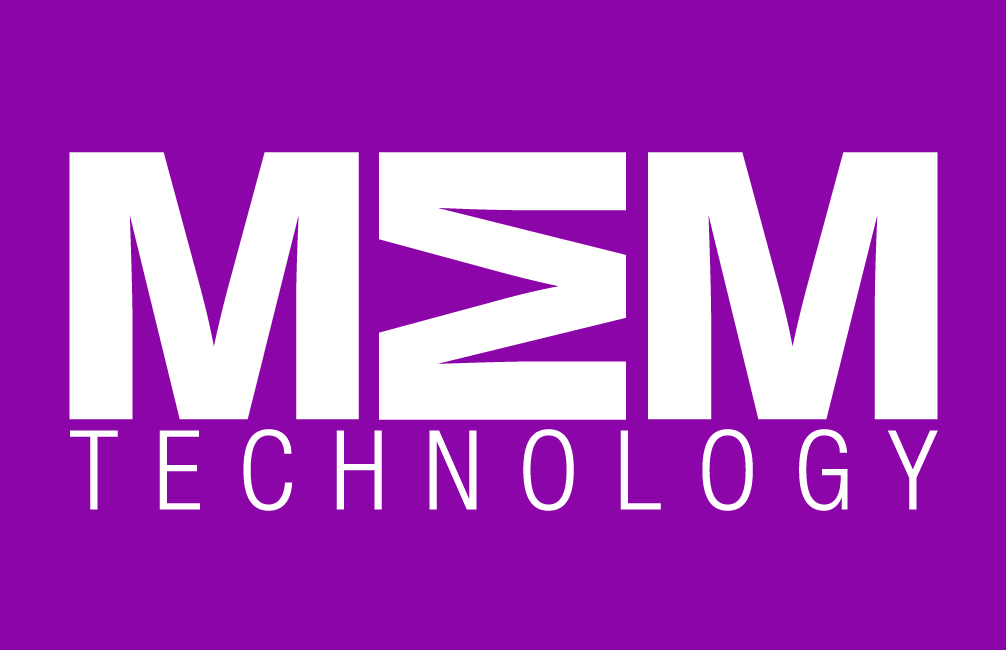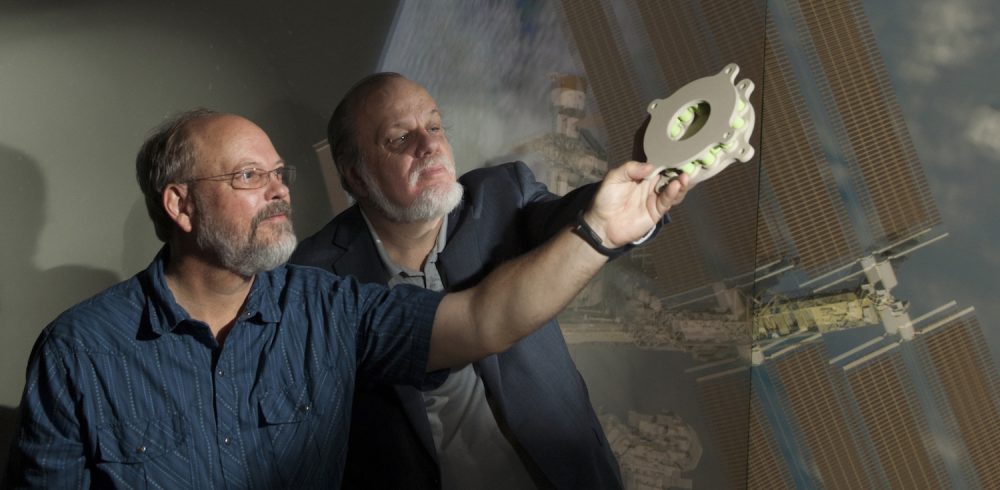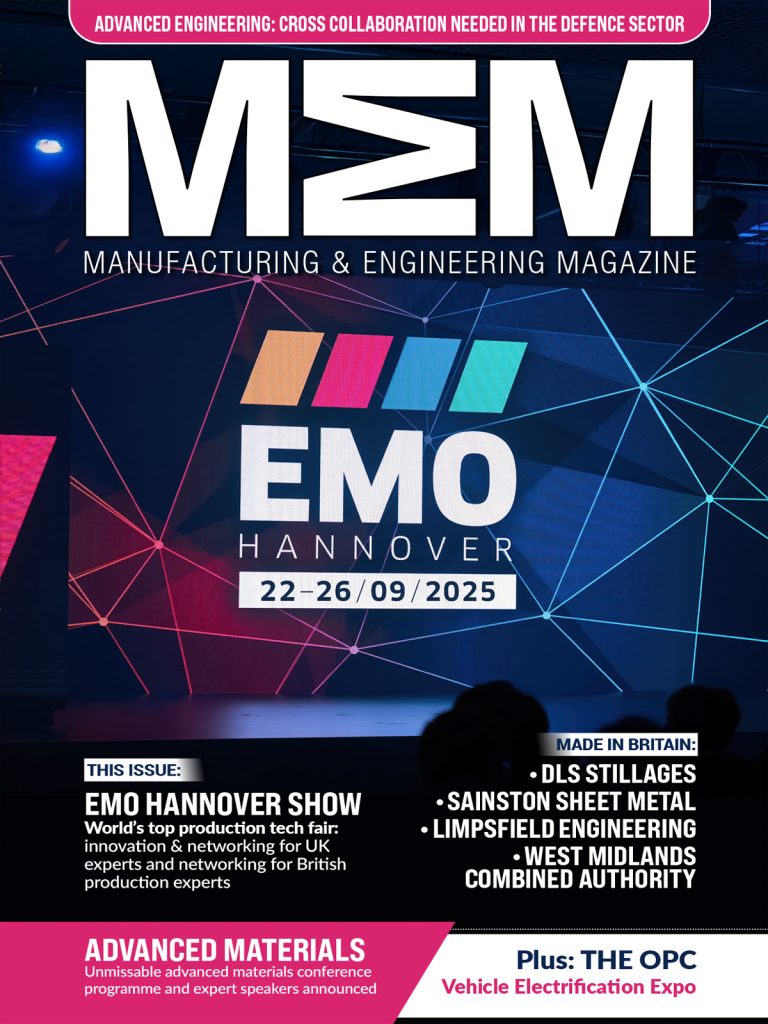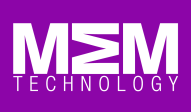An exclusive Director’s Forum Dinner, co-hosted by The Manufacturer and Sage, looked into the numerous ways in which manufacturers are creating growth, including innovation, technology, employee engagement, value-add services, information, and continuous improvement and discussed which approach creates the best results and which is still causing problems.
Competitive advantage is vital to any industrial businesses and it’s a topic that sits at the heart of almost any conversation. Businesses are looking into different technologies or mindsets and putting into balance the pros and cons of investing in it, in order to achieve a competitive advantage.
The special projects director at a world-leading engineering business explained how his organisation has a culture of “playing with things” and sharing the successes with the other companies in its group. “A recent successful project involved a university and a Raspberry Pi, through which our business became familiar with embedded sensors, connected technologies and remote data collection. Important lessons which can all be applied elsewhere in the organisation,” he said.
The automation director for a company with 11 production sites in the UK and more than 350 employees noted that the best strategy may not lie in giving “the job of being innovative” to dedicated individuals or specific teams, but “give every employee the freedom and space to think outside the box and the proper channels to easily share ideas with others.”
Data has helped many companies achieve success; however, many businesses are still struggling with exactly what data to collect and how to unlock the value contained therein. In order to overcome this issue, education was seen as a good solution and it was agreed that technology and/or service partners have a large role to play in that regard. Cloud adoption could also offer a competitive advantage, but the uncertainty surrounding cybersecurity puts a lot of business off.
“The right information can not only help identify which projects or initiatives aren’t profitable, it can also indicate where, how, why and what can be done about it,” said Sage’s Iain Lewis. “That flexibility and agility isn’t solely applicable to innovation or R&D, it can also help sustain continuous improvement practices which may have tapered off in recent years, for example.”
